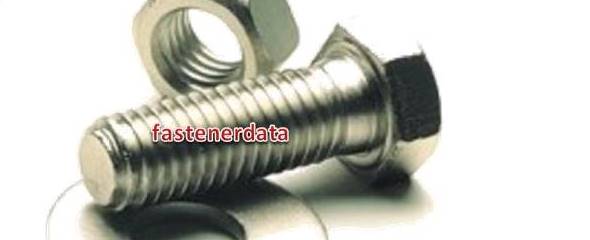Fasteners Electro Nickel Plated
Electro Nickel Plated Screws
Screws electro Nickel plated are initially copper plated, and the Nickel coat is electrolytically applied to the copper finish. Used in fasteners for electrical appliances and areas of condensation. Decorative applications account for about the vast majority of the nickel consumed by electroplating
Nickel electroplating is typically a deposited alloy of pure nickel and trace amounts of other elements. Its advantages are that it accumulates Nickel thickness faster, and has a higher melting point.
Nickel electroplating serves a variety of practical and aesthetic purposes.
- Nickel plating can help protect against corrosion
- Improve wear resistance,
- Increase the thickness of a surface.
- Enhance the appearance of fasteners by adding brightness.
- Nickel plating can be used to create a base layer for gold or silver.
Engineering Nickel plated Fasteners
Engineering nickel plating, which achieves a matte finish since the aesthetic appeal is less critical, is used frequently in the consumer electronics, chemical, computer and telecommunications industries.
Decorative Nickel plated Fasteners
Decorative nickel plating includes the use of chromium additives to increase brightness, is often used to improve the appearance of exterior auto parts, such as grills and bumper fasteners.
Nickel Electroplated Fasteners
Nickel plating blocks the formation of rust, significantly increasing the lifespan of components. Nickel itself is considerably cheaper than gold, silver, palladium or other exotic metals, and market prices for nickel tend to be less volatile. Electroless nickel plating services offer cost-efficient solutions to your corrosion and wear resistance needs.
Electro Vs Electroless
Electroless nickel and nickel electroplating are two different processes that may appear the same at first glance, but there are crucial differences to be considered when choosing between them. Both are deposited by a reaction of nickel ions being reduced onto a fasteners metal surface as nickel metal.
The difference is that the term "Electroless" is referring to an immersion reaction that does not use a power source to achieve a Nickel coating onto another metal surface. Electroless nickel plating is produced by a chemical catalyst already present in the plating solution that creates and causes the nickel to plate autocatalytically.
Link Electroless Nickel
.




